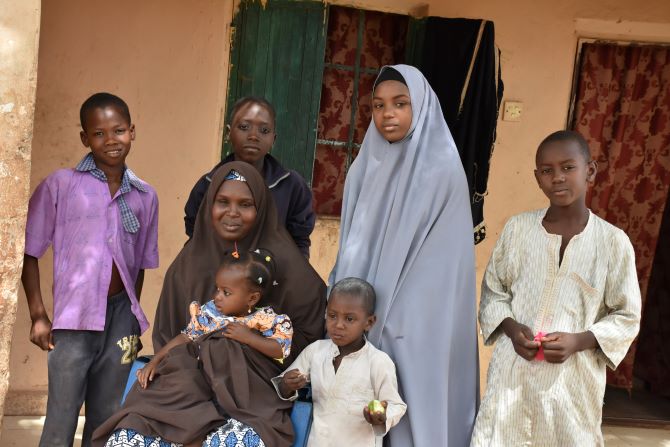The number of pregnant women taking folic acid to ward off anaemia and children being treated for diarrhoea in health facilities increased across five northern states — after a programme teaching frontline health workers to raise awareness and refer individuals to hospitals.
The sharpest growth came between January last year and March 2019 before the project Boosting Iron Folic Acid Supplementation for Pregnant Women and Zinc Scale Up for women in northern Nigeria ended this March, after two and a half years.
Using the global health information management systems DHIS2, to which hospital data nationwide is uploaded, the project tracked 944,900 children aged under five who have received zinc and low-osmolarity oral rehydration salt, the recommended treatment for childhood killer disease, diarrhoea.
It also tracked 827,613 pregnant women who have received iron folic acid supplement.
The DHIS2 data also showed a total of 294,936 pregnant women accessing antenatal care that include folic acid supplementation.
Another 138,149 were monitored for compliance—that’s taking their folic acid supplement for at least 90 days, as recommended by the World Health Organisation.
“No matter the resources we have as an organization, we cannot replace the government,” says Hussaini Abdu, country director of the non-profit, Plan International Nigeria, which implemented the project, with funding from Global Affairs Canada.
“The best you can do is set up a system to support the government to deliver effectively.”
Levelling up
More than 4,000 frontline health workers, including community-based health volunteers got training about the use of zinc Lo-ORS in diarrhoea treatment and folic acid in anaemia prevention, before fanning out with manuals into communities across Kebbi, Zamfara, Sokoto, Jigawa and Katsina.
Their work in communities helped push up referrals of both women and children to health facilities during the span of the project.
“One of the reasons women were not taking [folic acid] is either they are not aware of it, or don’t know how to use or how to manage the side effects that come with it,” said Charles Umar, of Nutrition International, which funded the project.
“The health workers also have a huge role to play to be able to know how to educate women about this.”
The folic acid project was in Sokoto and Kebbi; and zinc for diarrhoea in Zamfara, Katsina and Sokoto.
The project targeted “capacity building at policy level and influencing policy direction.”
At its closest, some of the states have either pushed up their total nutrition allocation in state budget or committed to self-fund nutrition interventions.
Diarrhoea kills 2,082 children each day around the world, the second most common cause of death for children under age five.
At least 20% of all child deaths is attributable to diarrhoea, and in Africa the death is higher among children aged less than two.
Across sub-Saharan Africa, anaemia has a prevalence of 47%–affecting up to 47 in every 100 pregnant women. Only 21 in 100 women take folic acid for up to 90 days during pregnancy as recommended.
Data from a survey by Nutrition International at the close-out of a nutrition project in five states showed the proportion of women taking folic acid at any time at all grew from 51% to 66%. And the proportion who consistently took it for at least 90 days during pregnancy grew from 21% to 28%.
Compared to two years ago, it is a 14% increase among women who received folic acid and a 5% increase among women who took folic acid up for at least 90 days.
The survey also found up to 46% of households seek treatment for childhood diarrhoea in public health facilities, up from 29% two years ago.
The proportion seeking treatment in private health facilities slipped from 78% two years ago to 71% this March.

 Join Daily Trust WhatsApp Community For Quick Access To News and Happenings Around You.
Join Daily Trust WhatsApp Community For Quick Access To News and Happenings Around You.


